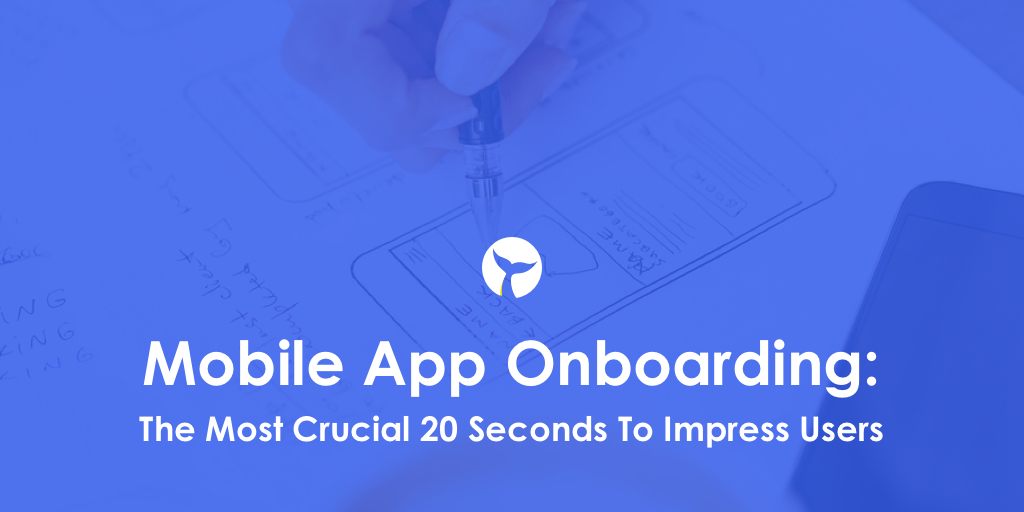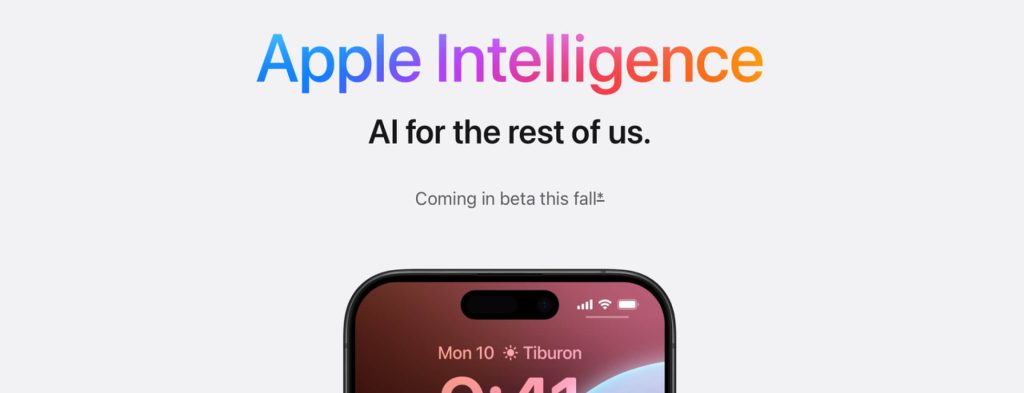Many companies and organizations are interested in improving their digital presence but are unsure about the right way to go about it. Some businesses choose to invest in new websites, social media managers, or an SEO (search engine optimization) initiative to help your company move up the search rankings and attract more website traffic.
A mobile app can go a long way towards helping to solidify a brand and keep customers engaged with their products and services. However, millions of users worldwide have downloaded an app because they are interested in what it has to offer, only to delete it shortly. In fact, almost 25% of users delete a mobile app after only one use.
How can your organization take advantage of those precious seconds and help users understand what you have to offer? What is the best way to communicate the benefits of the app, and is the process straightforward? How can your company stand out from the competition? Let’s examine mobile app onboarding in detail to figure out why it’s so crucial.
What Is Mobile Onboarding?

Before we dive in, we have to establish what “mobile onboarding” actually means. It essentially refers to a series of screens where the user learns about the mobile app interface, and how it’s used. It can be thought of as a way to guide users through your app, educating them about its features, functions, and benefits. The goal is to walk users through the app while also making a positive first impression.
Let’s say that you are browsing through Youtube, and you come across a trailer for a new movie. You sit through the trailer and pay attention to every detail and scene. However, there’s one massive problem: once the trailer is over, you have no idea what the movie is about. In fact, you find that you were more frustrated at the trailer than anything else. Ultimately, you will probably not want to see that movie at all.
This is a massive problem since the trailer’s objective is to interest viewers to the point where they want to see the movie. Similarly, mobile onboarding is supposed to attract and engage users to the point where they understand the mobile app’s purpose and benefits. Some of the most popular apps in the world, such as Linkedin, are known for their seamless onboarding flow.
Why Is Mobile App Onboarding Important?

You might be aware of the quote, “You never get a second chance to make a first impression.” This is incredibly true for mobile app onboarding since there’s a good chance that the user will never download your app again if you don’t deliver value immediately. There’s a good chance that you can probably relate to this experience: downloading an app, getting confused about how to use it, and eventually deciding that it isn’t worth your time.
If you can create a positive experience for a first-time user, it can lead to the same user wanting to engage more often with the app. This is obviously beneficial for your company, and it can help facilitate an overall positive experience. The user now understands the app, and the value it provides.
We know that mobile onboarding is meant to help attract users to the app, but the truth is that it also plays a central role in terms of marketing in general. The onboarding process also often involves collecting personal data to deliver personalized content, offers, and notifications. In a world where 98% of marketers understand the power of personalization, it’s easy to see why organizations require mobile onboarding.
Types Of Onboarding

Various types of mobile app onboarding may make sense for one company but not another. After all, companies in different sectors may be creating mobile apps for very different reasons and objectives. Let’s examine the three main different types of mobile onboarding:
- Benefits-oriented onboarding
- Function-oriented onboarding
- Progressive Onboarding
The first type of onboarding is benefits-oriented onboarding. Like the name suggests, the objective here is to make it clear to the user the benefits of the app to increase conversion rates. A mobile app with benefits-oriented onboarding is likely to go in-depth about what the app does rather than how to use the app itself.
The second type of onboarding is function-oriented onboarding. Here, the mobile onboarding process focuses on how to use the app. This approach helps answer questions about the app’s essential functions and immediately helps users feel like they understand its purpose. This approach is often used when users already understand the app’s benefits but are eager to begin using it. While benefits-oriented onboarding focuses on an app’s “perks,”; function-oriented onboarding explains how to achieve those perks.
Progressive onboarding is a third type of approach, where information is only displayed depending on the page the user is on. It’s a step-by-step process that hopes to empower and encourage the user, and the instructions help to serve as a “live walkthrough” of the app.
Final Thoughts
There are many different ways that mobile app onboarding can end up affecting your business or organization. If your onboarding process is successful, it could mean that your consumers end up spending more money, engaging more with your marketing channels, and an increase in customer retention. It’s also central to increasing customer lifetime value, one of the most important modern business metrics.
Consumers will understand the app and its purpose, rather than deleting it to make room for more apps later. As a result, it’s clear that mobile app onboarding is one of the most important aspects of a mobile app in general. Mobile app onboarding isn’t always easy to master: it has to be succinct, clear, and persuasive, and feature the right kinds of visuals and calls to action. If the onboarding process is too cluttered or complex, it can be a death sentence for your app’s user retention rates.
One way to think about mobile app onboarding is to think of it as a handshake. We know that a loose handshake can be quite uncomfortable. Similarly, mobile app onboarding is like a “handshake” – it should be clear, easy, and impressive. A solid handshake can lead to a great friendship, but the foundation has to be set up properly. A handshake that isn’t firm can lead to a negative impression, and a negative onboarding experience does the same thing.






